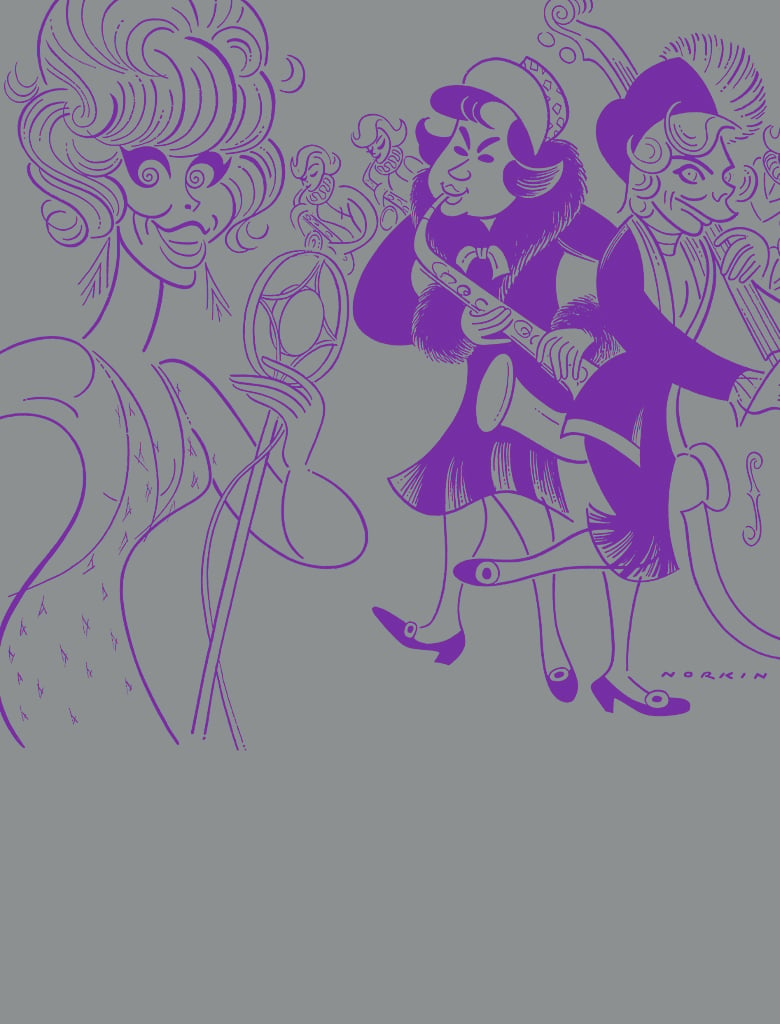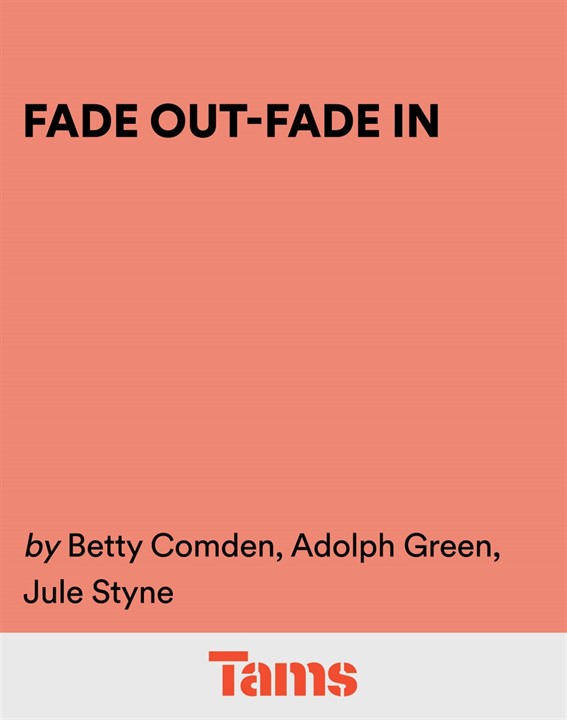
A TAMS-WITMARK TITLE
Sugar
Full-Length Musical, Comedy / 2w, 4m plus ensemble
Book by Peter Stone
Music by Jule Styne
Lyrics by Bob Merrill
Based on the Screenplay Some Like It Hot by Billy Wilder and I.A.L. Diamond
Based on a Story by Robert Thoeren
Produced for the Broadway Stage by David Merrick
Directed and Choreographed for the Broadway Stage by Gower Champion
Image: Sam Norkin
-
Cast Size
2w, 4m plus ensemble -
Duration
More than 120 minutes (2 hours) -
Subgenre
Farce, Romantic Comedy -
Target Audience
Appropriate for All Audiences
Accolades
- Nominee: Four 1973 Tony Awards, including Best Musical
Winner! 1972 Drama Desk Award for Outstanding Performance (Robert Morse)
Winner! 1972 Theatre World Award (Elaine Joyce)

Details
Summary
Based on the film Some Like It Hot, Sugar follows the zany antics of two male musicians of the Prohibition era who witness a gang slaying. Hoping to hide from the mob, Jerry and Joe disguise themselves as "Daphne" and "Josephine" and join an all-female orchestra. Complications ensue when Joe falls for Sugar Kane, the group's lead singer. Memorable musical numbers include "Penniless Bums," "The Beauty That Drives Men Mad," "We Could Be Close" and "Beautiful Through and Through."
Professional Artwork Available for Your Production of Sugar!
Concord Theatricals has collaborated with Subplot Studio to create high-quality artwork that complies with your license. Promoting your show has never been easier! Learn more at Subplot Studio.
History
Cast Attributes
- Time Period 1930s
- Features Period Costumes
- Additional Features Drag Performance
- Duration More than 120 minutes (2 hours)
- Cautions
- Gun Shots
- Mild Adult Themes
Media
Photos

Image: Sam Norkin
Music
- Musical Style Classic Broadway, Jazz
- Dance Requirements Moderate
- Vocal DemandsDifficult
- Orchestra Size Large
- Chorus Size Large
Licensing & Materials
- Licensing fees and rental materials quoted upon application.









